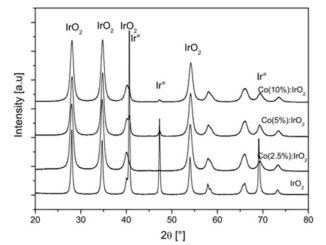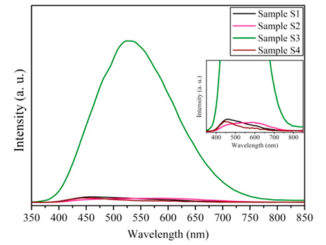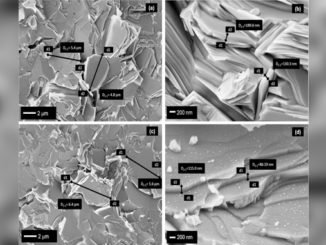
Writers: Isaltino A. Barbosa and Paulo C. de Sousa Filho and Douglas L. da Silva and Fabrício B. Zanardi and Lucas D. Zanatta and Adilson J.A. de Oliveira and Osvaldo A. Serra and Yassuko Iamamoto
Keywords: Mesoporous structures; Core@shell structures; Magnetite particles; Porphyrins; Biomimetic catalysis
Abstract: We successfully immobilized metalloporphyrins (MeP) in mesoporous silica coating magnetite spheres. In this sense, we prepared two different classes of core@shell supports, which comprise aligned (Fe3O4-AM-MeP, MeP = FeP or MnP) and non-aligned (Fe3O4-NM-MeP, MeP = FeP or MnP) mesoporous magnetic structures. X-ray diffractometry and energy dispersive X-ray spectroscopy confirmed the mesoporous nature of the silica shell of the materials. Magnetization measurements, scanning and transmission electron microscopies (SEM/TEM), electrophoretic mobility (ζ-potential), and infrared spectroscopy (FTIR) also confirm the composition and structure of the materials. The catalysts maintained their catalytic activity during nine reaction cycles toward hydrocarbon oxidation processes without detectable catalyst leaching. The catalysis results revealed a biomimetic pattern of cytochrome P450-type enzymes, thus confirming that the prepared materials are can effectively mimic the activity of such groups.




